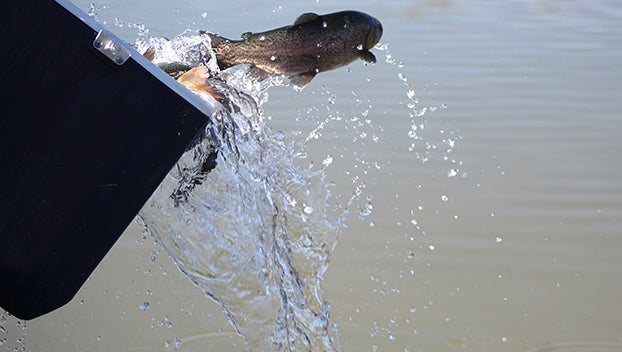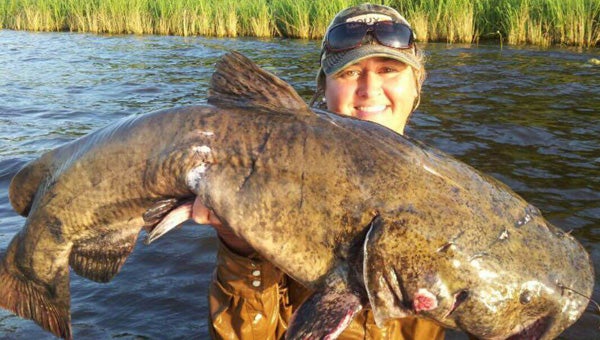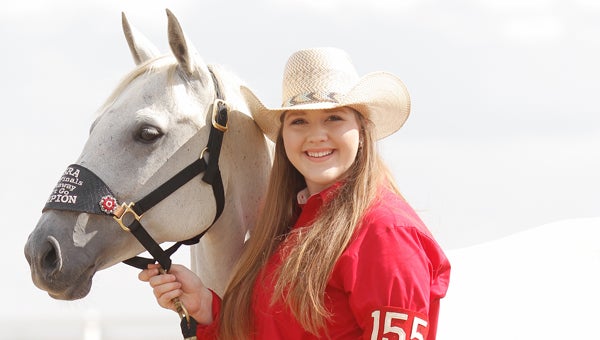Rising river forces animals inland to higher ground
Published 12:09 am Sunday, May 22, 2011
NATCHEZ — Rising river waters over the last few weeks have pushed scores of animals further inland to seek the safety of higher ground. This retreat has caused the animal populations to confine themselves to smaller territories and also pushed them in to closer contact with people and their property.
This confinement creates a delicate balance in which the Louisiana Department of Wildlife and Fisheries has to protect the safety of these animals, while also protecting the integrity of the levees and people’s property.
One issue facing the Department of Wildlife is the abundance of wild hogs in the area.
“We have seen some hogs coming out,” Assistant Administrator of the Wildlife Division Scott Longman said. “If hogs are damaging levees we will try to take those out, if we just see them fleeing we just let them go. We have people on our staff with firearms and if they are rooting up the levees we would shoot them.”
Marcus Constance, a sergeant for the Department of Wildlife, said they have not seen issues with hogs damaging the levees.
“At this time we don’t (have any problems),” Constance said. “I don’t think we have any problems with (hogs) destroying the levee, or adding to the flooding. It’s just a matter of keeping poachers away from them, and making sure that nobody bothers them.”
Constance said that they have not seen any issues with poachers, yet. But they have extra patrols watching the levees to prevent the animals from damaging the levees and people from bothering the animals.
Longman said the animals are used to periodic flooding of the river but not to the extent of this year’s flood.
He said the animals have adapted to living in the floodway and normally move up to ridges and bayous during the floods.
“With a flood of this magnitude some of the ridges will be inundated, and the animals will move toward the levees,” Longman said.
Longman said that during extreme floods in years past, the animals would get near the levees and lay down to rest. When that happened the rescue staff would move in and try to rescue the animals. This caused stress and drove some of the animals back into the water.
“So the tactic we’re taking (now) is to give them room, stay off and keep the public off to allow animals to escape the floodwaters, and find a suitable habitat off the levees,” Longman said.
Longman said the animal migration is not limited to wild hogs, but any animals that are indigenous to the area.
Constance said the situation is not as bad as they anticipated, and the animals still have room to retreat.
“As of right now they have plenty of places to go,” Constance said. “It doesn’t look as bad as we expected, and that’s why we are going to be out there 24 hours a day to basically make sure it stays that way.”
Longman said he has not heard of any cases where animals have been a problem on people’s property.
“The people that live adjacent to the levee are used to seeing (these animals). We haven’t heard reports or issues,” Longman said. “(I would encourage) people to stay out of the way and contact (the Department of Wildlife) only if there is a human health or safety issue.”
The Department of Wildlife also closed several wildlife management areas on May 16 to ensure the safety of the public and also the safety of wildlife seeking higher ground.
Three Rivers Wildlife Management Area in Concordia Parish will remain closed completely until the floodwaters recede.





